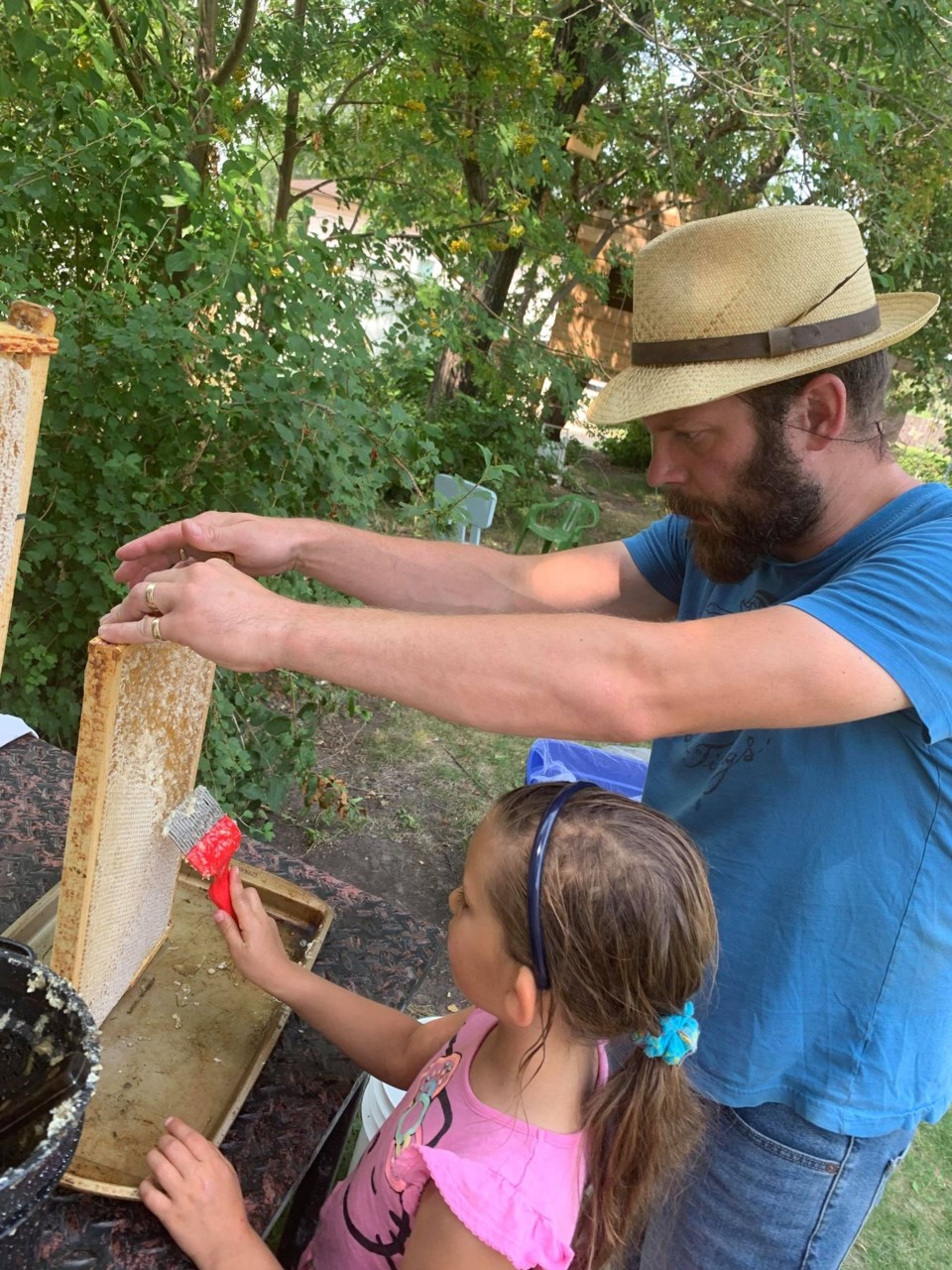YORKTON - While humankind has tended to run rough shod over the planet since forever, thinking no matter what we do, what problems we create, we’ll somehow mange to keep the wheels on the bus and rolling forward.
In most cases science has managed to keep pace with addressing the problems we create, although there is a sense with micro plastics everywhere, habitat being lost, a population still growing and the impact of a changing climate, we may well be at a tipping point where science can no longer stem the tide of the impact of humanity’s mistakes.
What is perhaps most concerning is that what might get human kind – before climate issues, or population woes, will be the loss of crop pollinators.
We tend to look at crops of canola, or rows of peas in gardens as simply being planted and some months later we reap a harvest that we consume.
While we – farmers and gardeners – play a role, from readying the soil to combating weeds and harmful bugs, those efforts would be for nothing if the crop isn’t pollinated, and that is largely the job of bees.
Often that means honey bees being put to work.
“There’s a relationship between honey bees and canola. A very good relationship,” said Marcelo Camilli, a Brazilian researcher currently in Saskatchewan studying the relationship.
“What we see here is bees flourish in canola.”
Camilli said it is estimated honey 70 per cent of the honey produced in Western Canada comes from canola.
And the pollinating service by honey bees can increase the canola yield by an estimated $1.5 billion.
But, worldwide there are of course native pollinators – various species of bees in particular.
In recent years there has been an increased awareness of pollinators and their health.
But what happens when farmers need to apply herbicides to their canola? Does it impact the health of honey bee hives? Does it impact the honey produced?
“What is the safe dose range for honey bees?” asks Camilli, who is part of team looking to answer that question.
A recent release also noted “Canada’s southern prairies are dotted with patches of active sand dunes, ecosystems that are slowly disappearing as they become overgrown and transformed into grasslands.
“A new study of bees and wasps from these at-risk sites sheds light on changes to biodiversity in Canada’s prairie sandhills, which are increasingly being “stabilized” by plants that take root in the sand.
The research is based on careful examination and analysis of more than 12,300 specimens of wild bees and stinging wasps collected by Thomas Onuferko at the dunes over four months in the spring and summer of 2019. As a post-doctoral research fellow with the museum’s Beaty Centre for Species Discovery, he visited 13 dune sites (each five times) across southeastern Alberta, southern Saskatchewan, and southwestern Manitoba.
Areas surveyed included the Great Sandhills Ecological Reserve and Douglas Provincial Park in Saskatchewan, as well as Spruce Woods Provincial Park, an important refuge for rare species in southwestern Manitoba.
These sorts of research initiatives are essential simply because we have to be aware of our impact on pollinators because if there were to be loss in significant numbers our food production could be decimated.






